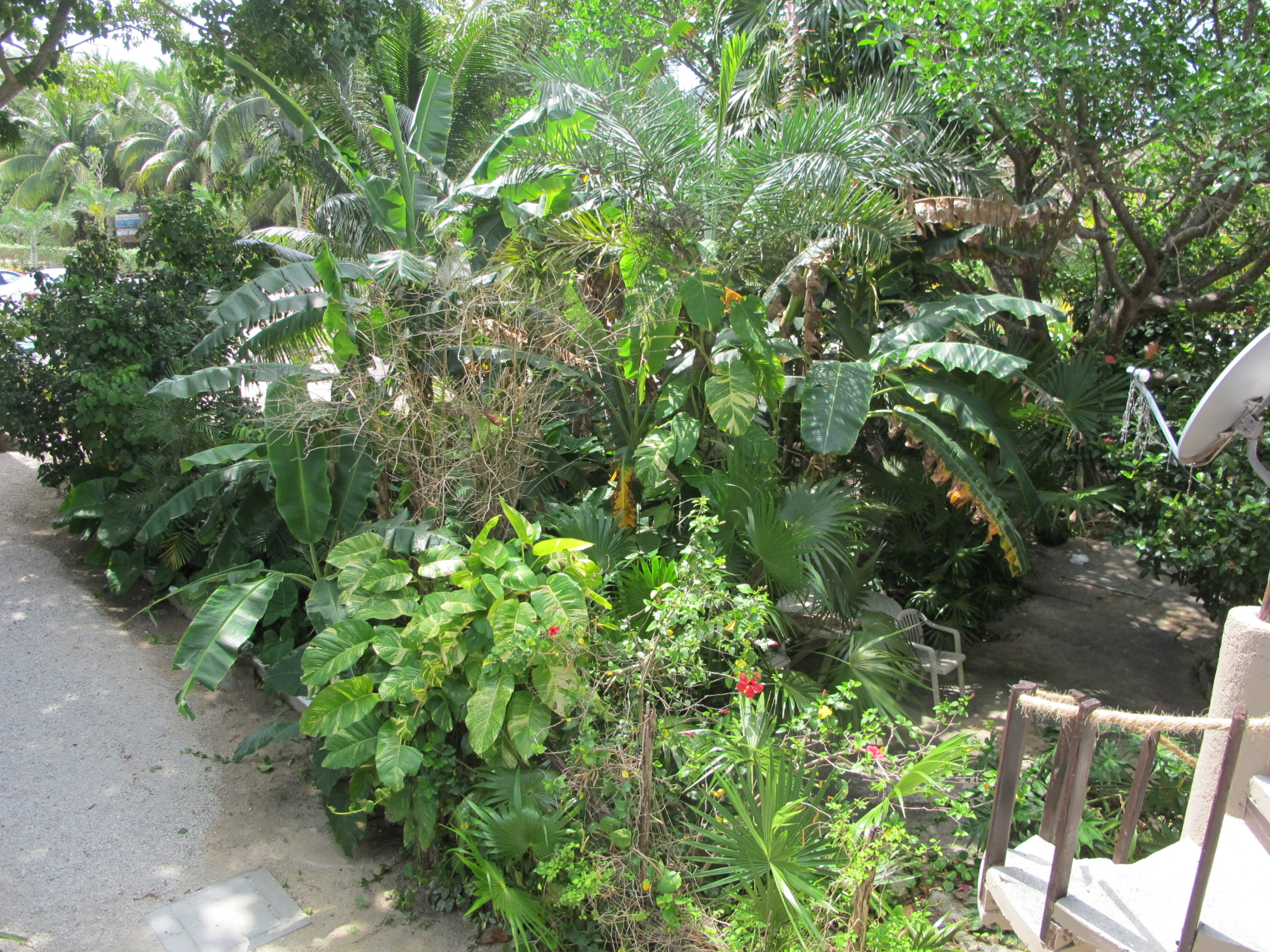Wastewater Gardens in the Yucatan
After the Biosphere 2 experience, Mark Nelson while completing his Ph.D. in environmental engineering sciences, worked with the Planetary Coral Reef Foundation (a division of the Biosphere Foundation), the Institute of Ecotechnics, H.T. Odum and Center for Wetlands at the University of Florida to further the development of appropriate ecologically based solutions for treating and reusing residential sewage especially for small, decentralized systems in remote or developing regions.
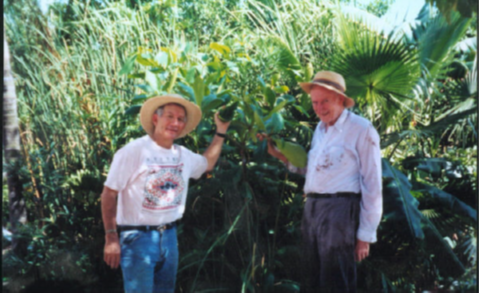
Prof. H.T. Odum, Center for Wetlands, University of Florida, and Mark Nelson at one of first Wastewater Garden systems, Yucatan Peninsula, Mexico, 1997.
Sewage treatment systems must be low-tech, low maintenance and minimal in their energy requirements to be affordable and easy to maintain in such applications, attributes which constructed wetland systems exemplify. Constructed wetlands rely on solar insolation as a main driving energy, and warmer climates improve treatment rates.
Therefore, wetland treatment systems operate more effectively in warm, high sunlight Mediterranean, arid and tropical regions. In addition, wastewater interface ecosystems benefit from the higher species diversity found in such areas since diversity at the biotic and metabolic level increases the buffering capacity of ecosystems. Allowing self-organization of plant, animal, and microbial biota to develop cooperative mechanisms may develop better adapted ecosystems to treat pollution and toxicity.
Previous studies of subsurface flow wetlands (Wastewater Gardens) for sewage treatment have demonstrated their advantages in situations of small on-site sewage loading, in areas where land is scarce, and in situations where avoidance of malodor and mosquito-breeding are important. A well-designed subsurface flow wetland also can provide highly effective sewage treatment. As is the case in the U.S. and Europe where this approach is rapidly spreading, the advantages of constructed wetlands are that because they rely on more natural methods, they are often less expensive to build and far less expensive to operate than conventional sewage treatment plants. They can also produce a standard of treatment comparable to advanced wastewater treatment.
Typical “package plant” or municipal sewage plant requires high capital investment, technical expertise and are energy-intensive to operate. Subsurface wetlands use little or no electricity and technology and require little technical supervision once installed. Although more expensive per unit area than free-surface wetlands, because of the cost of impermeable liner and gravel media, subsurface flow constructed wetlands like Wastewater Gardens have more intense treatment action, reducing required area significantly.
Commencing in 1996, several dozen Wastewater Garden, subsurface flow constructed wetlands were installed for houses, condominiums, restaurants, and small hotels south of Cancun, Mexico in the Yucatan Peninsula coastal region. This is an area characterised by highly karstic (limestone) soils and as such are highly permeable to the flow of wastewater which pollutes water tables found quite close to the ground surface and adversely affects the coral reef adjacent to the coastline. Experiments were commenced with use of a high biodiversity of plants, both native and decorative/valuable ones already in the region. Most of these systems were completely gravity flow but for some installations, to avoid jack-hammering through hard limestone, the constructed wetlands were designed as raised garden boxes and submersible pumps raised effluent from the septic tanks to the systems.
Some of the Wastewater Garden systems:
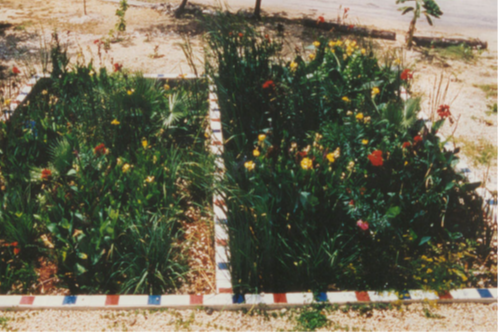
Ecological field station centre, Biosphere Foundation, Akumal, Mexico

Garden near entry way to private house is an ecological wastewater treatment system as well, Akumal, Mexico
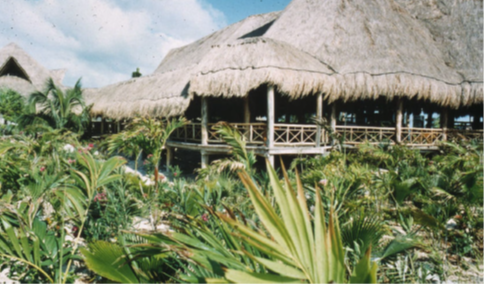
Ecopark beach restaurant system creates attractive landscape around the facility.
Nine Wastewater Garden systems were installed around the park, for the receptions center, restaurants, kitchens, dive shops and a veterinary clinic.
The table below presents the water quality data over a two-year period from the first two Wastewater Gardens. Discharge water from the systems was sent to subsurface leach drains and in one case to a nearby mangrove area whose self-created high-organic peat soils offered a very appropriate final biofilter for nutrients remained in the treated wastewater.
Removal efficiency and loading of Wastewater Garden subsurface flow systems Studied at two initial locations in Mexico.
These early systems in Mexico led to a realization that the goal should be as close to total productive use of water and nutrients – not simply the level of removal in the constructed wetland (Wastewater Garden).
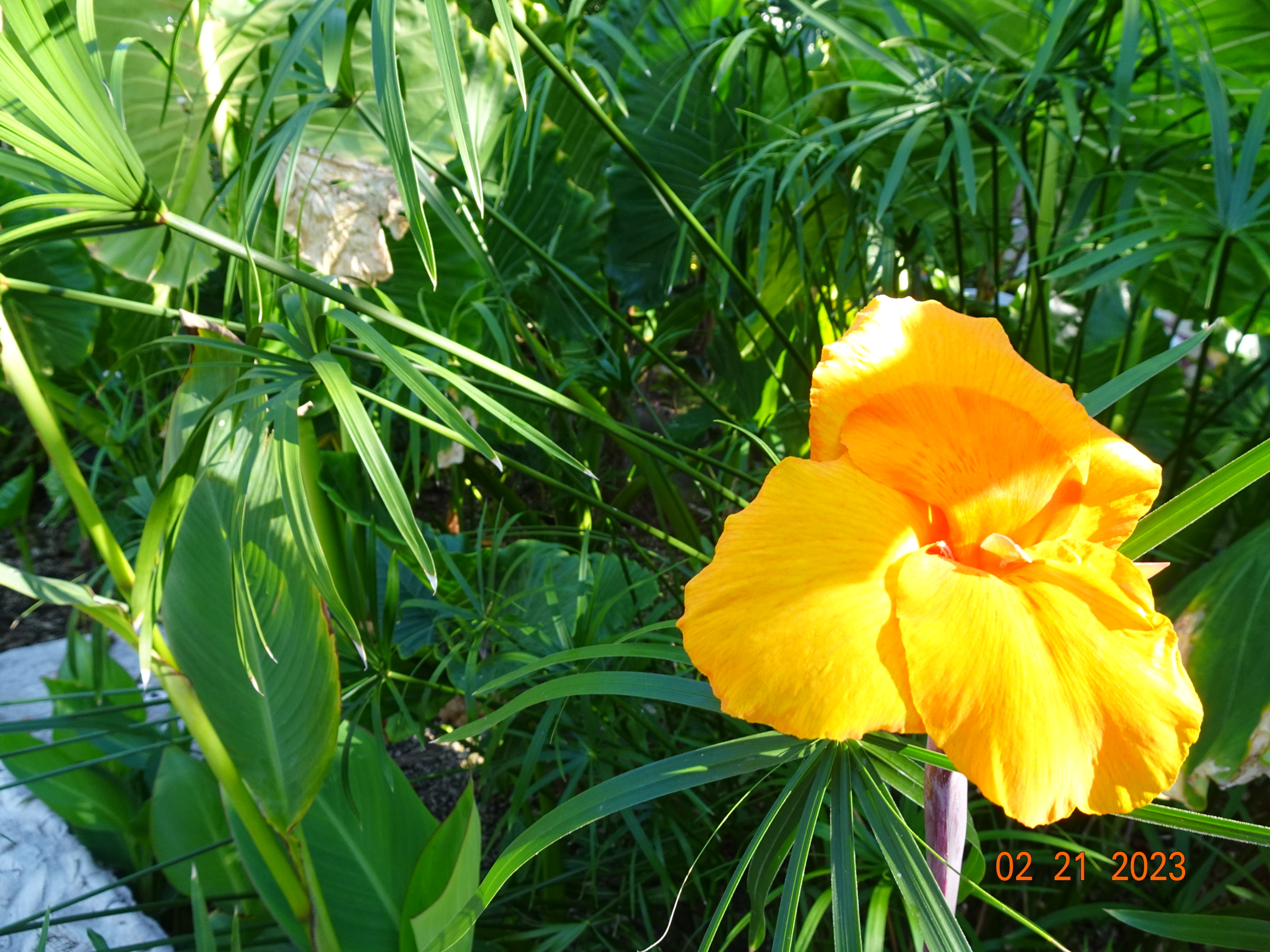
Wastewater Garden for Centro Ecologico Akumal, 17 years after installation, Akumal, Mexico.
This has changed our understanding that the old paradigm of “final disposal, e.g., leach drains” needs to be changed to make the final stage of the system use for another green zone enhancing the landscape while also making reuse and removal of valuable freshwater and nutrients more complete.

